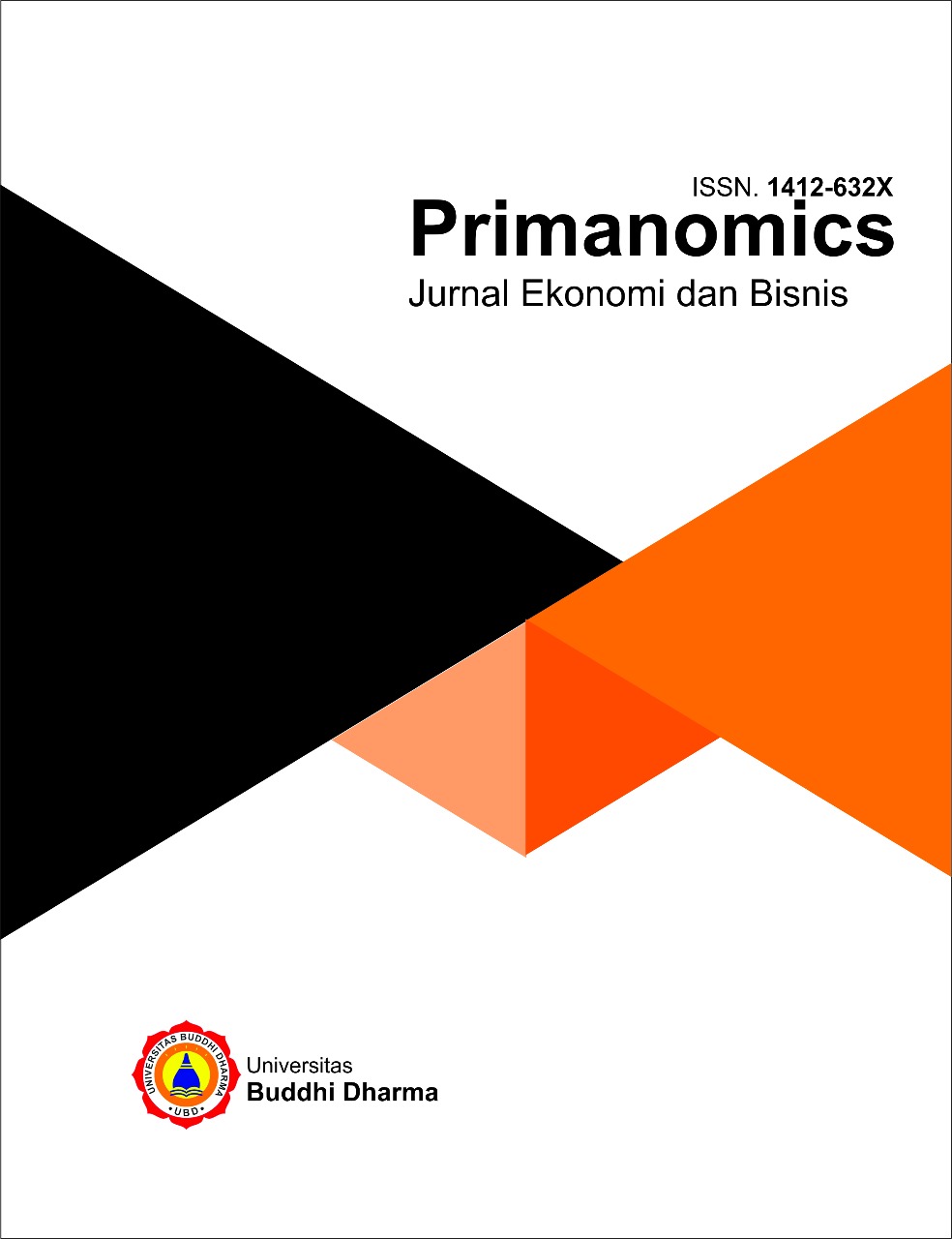The Use of The CAMEL Method as a Financial Performance Analysis Tool for Government Banks Listed on The IDX Before and After Covid-19
Main Article Content
Abstract
This study aims to analyze the financial performance of five government banks (BBRI, BBNI, BBSI, BBTN, and BMRI) listed on the Indonesia Stock Exchange (IDX) before and after the COVID-19 pandemic using the CAMEL method. This method evaluates five key components: Capital Adequacy, Asset Quality, Management, Earnings, and Liquidity to determine the stability and financial health of banks. The analysis results show that before the pandemic, the financial performance of these banks was relatively stable with some fluctuations in certain indicators. Capital Adequacy Ratio (CAR) increased in BBRI, BBNI, and BMRI, while BBSI and BBTN experienced a decline. Asset Quality (NPL) was generally stable, though BBTN faced challenges. Profitability (ROA) declined, reflecting pressure on profit-making abilities, while cost efficiency (BOPO) varied, and liquidity (LDR) remained relatively stable. After the pandemic, financial performance underwent significant changes. At the onset of the pandemic (2020), CAR declined, but BBRI and BBSI showed recovery in 2021 and 2022. NPL increased initially but showed improvement in subsequent years, particularly in BBSI. ROA declined in 2020 but increased in the following years. BOPO improved, and LDR, which had decreased, started to stabilize and improve.
Downloads
Article Details

This work is licensed under a Creative Commons Attribution-NonCommercial-NoDerivatives 4.0 International License.
 Abstract views: 97
/
Abstract views: 97
/  PDF downloads: 46
PDF downloads: 46
